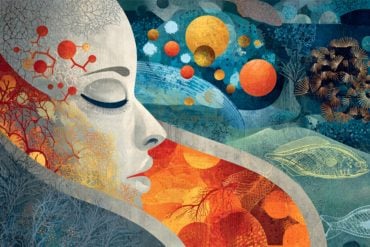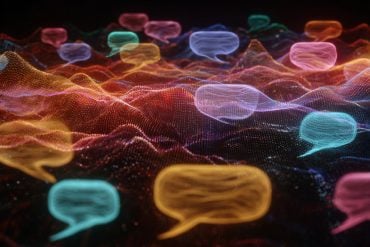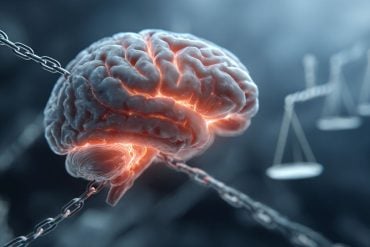Summary: A new study reveals our response to others is subconsciously connected to appearance and age. Researchers say the finding may shed light on why people tend to prefer the company of others in their own age groups.
Source: Flinders University.
New research led by Flinders University helps to explain why age distinctions proliferate.
With any human encounters, including the dating game, young people seem to ‘automatically’ prefer the company of people their own age over older people.
Going into a job interview is difficult enough, but many applicants may feel a younger selection panel discriminate or are less objective on the basis of age.
The research, led by Flinders Psychology Professor Mike Nicholls, indicates our response to others is subliminally connected to appearance and age, in a subconscious reaction to initial reactions to a person’s appearance.
The study of ‘own-age social biases’ says the perception of faces depends on ‘low-level neuronal processes’.
“While our response is also affected by ‘high-level’ social conditioning, we still seem to have an in-built subconscious reaction to even an ambiguous face or figure,” says Professor Nicholls, from the College of Education, Psychology and Social Work at Flinders University.
“This explains why young people tend to hang around with other young people, while older people associate with old and young.
“The effect of this in society is that it makes it more difficult to encourage or enforce inclusive behaviours, even in the workplace.”
Professor Nicholls says awareness programs need to continue to help counter “automatic” responses to people’s age, and preference for young to prefer younger company over older.

In the study, almost 400 US adults (aged over 18 years) – and a sample group in another country – were briefly shown an ambiguous image of a young and old lady figure, with the test sample not told the study was specifically testing their awareness of age.
The young and old respectively accurately estimating their own age best, showing own-age bias is closely aligned to both their conscious and subconscious reactions.
Source: Flinders University
Publisher: Organized by NeuroscienceNews.com.
Image Source: NeuroscienceNews.com image is ‘My Wife and My Mother-in-Law’ by cartoonist William Hill, 1915.
Original Research: Open access research for “Perception of an ambiguous figure is affected by own-age social biases” by Michael E. R. Nicholls, Owen Churches & Tobias Loetscher in Scientific Reports. Published August 23 2018.
doi:10.1038/s41598-018-31129-7
[cbtabs][cbtab title=”MLA”]Flinders University”Age Bias is Subconscious.” NeuroscienceNews. NeuroscienceNews, 15 September 2018.
<https://neurosciencenews.com/subconscious-age-bias-9871/>.[/cbtab][cbtab title=”APA”]Flinders University(2018, September 15). Age Bias is Subconscious. NeuroscienceNews. Retrieved September 15, 2018 from https://neurosciencenews.com/subconscious-age-bias-9871/[/cbtab][cbtab title=”Chicago”]Flinders University”Age Bias is Subconscious.” https://neurosciencenews.com/subconscious-age-bias-9871/ (accessed September 15, 2018).[/cbtab][/cbtabs]
Abstract
Perception of an ambiguous figure is affected by own-age social biases
Although the perception of faces depends on low-level neuronal processes, it is also affected by high-level social processes. Faces from a social in-group, such as people of a similar age, receive more in-depth processing and are processed holistically. To explore whether own-age biases affect subconscious face perception, we presented participants with the young/old lady ambiguous figure. Mechanical Turk was used to sample participants of varying ages from the USA. Results demonstrated that younger and older participants estimated the age of the image as younger and older, respectively. This own-age effect ties in with socio-cultural practices, which are less inclusive towards the elderly. Participants were not aware the study was related to ageing and the stimulus was shown briefly. The results therefore demonstrate that high-level social group processes have a subconscious effect on the early stages of face processing. A neural feedback model is used to explain this interaction.






